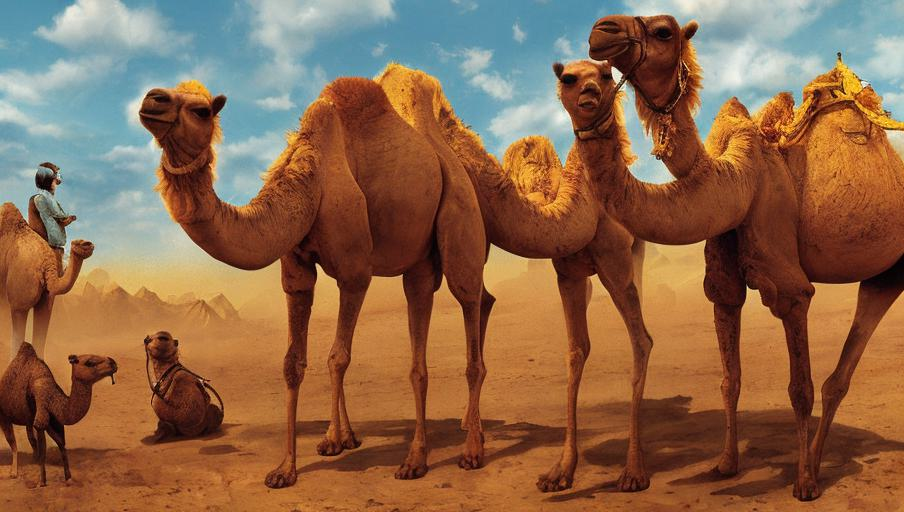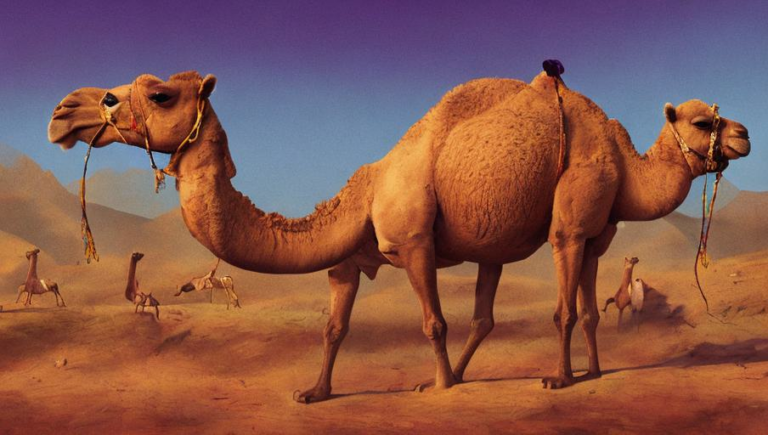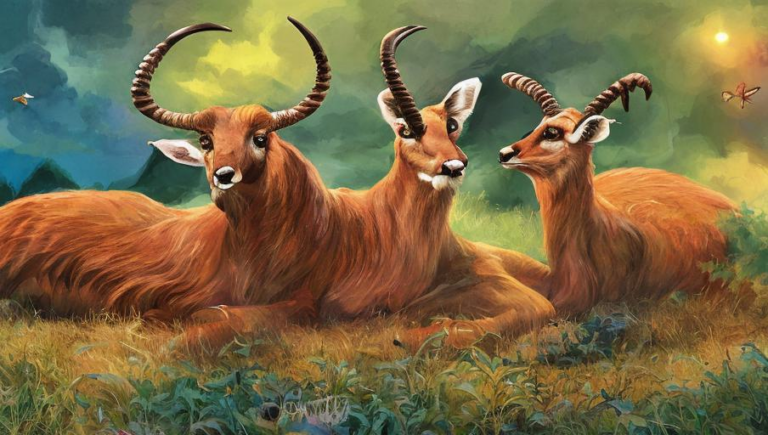The Camel’s Role in Arabian Cuisine

Introduction
The camel is an iconic species of the Arabian Desert, and it has been an integral part of Arabian culture for centuries. The camel has been used for transportation, labor, and even as a source of food. In Arabian cuisine, the camel has been used in various dishes, including stews, soups, and grilled meat. In this article, we will explore the history of camel in Arabian cuisine and its importance to the culture.
History of Camel in Arabian Cuisine
The camel has been a part of Arabian culture for centuries, and it has been used in various dishes since ancient times. Camel meat was a popular source of protein for nomadic tribes and caravans traveling through the desert, as it was easy to transport and store. Camel meat was also used for ceremonial dishes and special occasions, as it was considered a delicacy due to its rarity. As Arabian cuisine developed and evolved, the camel was used in a variety of dishes, from stews to soups to grilled meat.
Camel in Modern Arabian Cuisine
Today, the camel is still an important part of Arabian cuisine. In many parts of the Arabian Peninsula, camel meat is still a popular source of protein, and it is used in various dishes. Camel meat is often served grilled or stewed, and it is often served with rice or couscous. Camel stew is a popular dish in many parts of the Middle East, and it is often served with a variety of vegetables and spices. In some regions, camel meat is also used in various types of kebabs and koftas.
The Cultural Significance of Camel in Arabian Cuisine
The camel is a symbol of endurance and strength in Arabian culture, and it is an important part of many traditional dishes. The camel has been an integral part of Arabian culture for centuries, and it is still an important part of the culture today. Camel dishes are often served on special occasions and ceremonies, and they are a way to celebrate the culture and traditions of the region. In many ways, the camel is seen as a symbol of pride and strength in the Arabian culture, and it is often celebrated through its use in cuisine.
Conclusion
The camel is an iconic species of the Arabian Desert, and it has been an important part of Arabian culture for centuries. The camel has been used for transportation, labor, and even as a source of food. In Arabian cuisine, the camel has been used in various dishes, from stews to soups to grilled meat. The camel is a symbol of endurance and strength in Arabian culture, and it is often celebrated through its use in cuisine. The camel is still an important part of Arabian cuisine today, and it is a way to celebrate the culture and traditions of the region.





